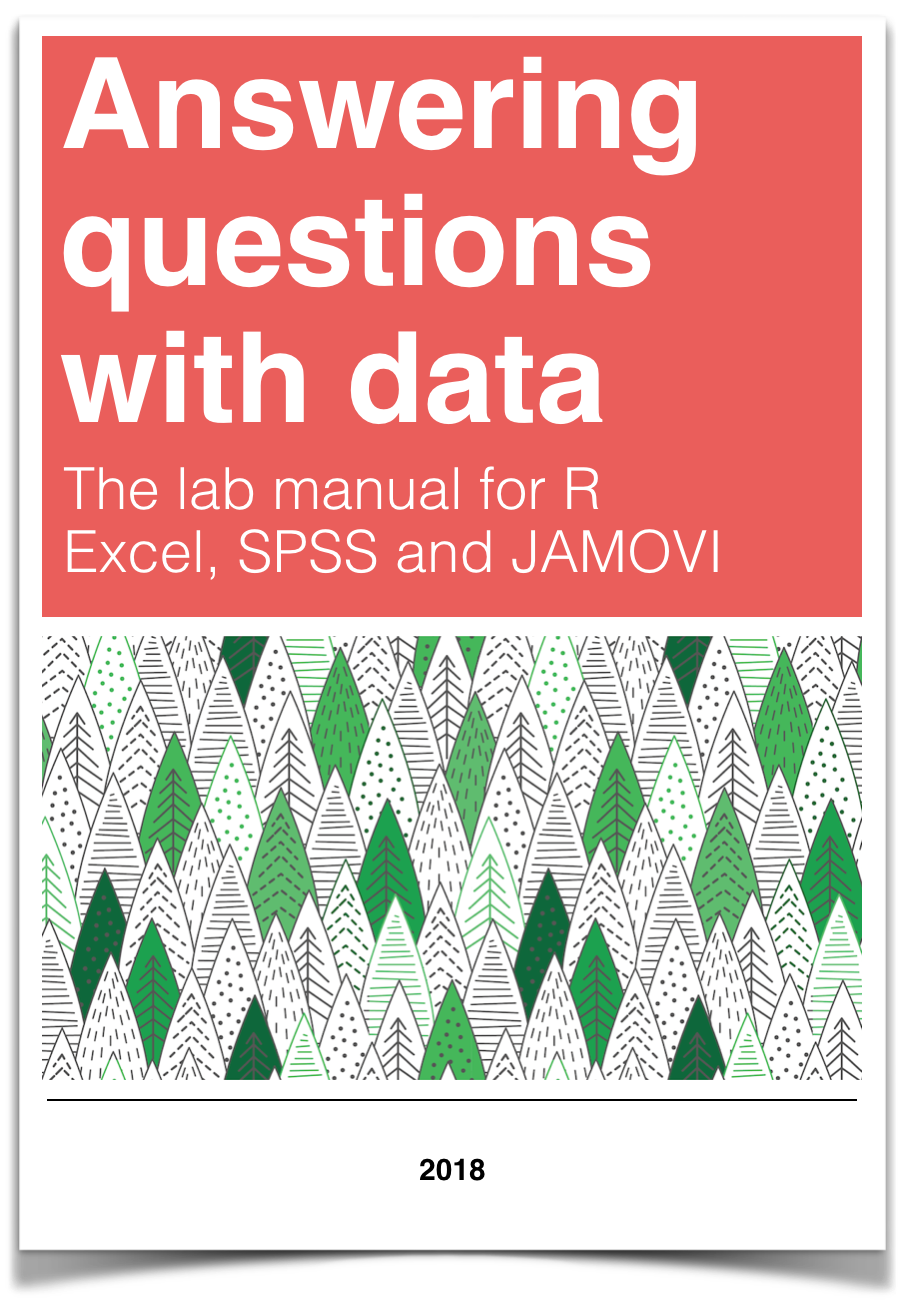
Chapter 4 Lab 4: Normal Distribution & Central Limit Theorem
By a small sample, we may judge of the whole piece. —Miguel de Cervantes from Don Quixote
4.1 General Goals
- Distributions
- Sampling from distributions
- Sampling distribution of the mean
- Sampling statistics (statistics of many samples)
- Central limit theorem
- Normal Distribution
- z-scores
4.2 JAMOVI
In this lab, we will use jamovi to transform a set of raw data into z-scores using two methods:
- Saving data as standardized values
- Computing a new variable manually
4.2.1 Saving data as standardized values.
Let’s first begin with a short data set we will enter into a new jamovi data spreadsheet. Let’s use the following data set: {x= 1, 3, 2, 5, 4, 6, 5, 8, 9}. Enter these into jamovi and name them appropriately. With your jamovi screen open, go up to the top menu and follow these steps:
You can include descriptives such as mean and standard deviation for your variables, as outlined in a previous chapter. Go back to data view in your spreadsheet and you will notice a new column of data (a new variable) as been created called Zx. This variable contains the z-scores that correspond to the values in the x columm:
4.2.2 Computing variables
If you use the method shown above to convert a set of measurements to z-scores, you don’t need to use this method to do the same thing. However, computing new variables may be useful for more than just converting scores to z-scores, so it’s worth illustrating as well. The take-away message here is that you can use jamovi to create new variables based on existing ones.
To illustrate how this is done, let’s work with the data sheet we used in the previous example. Currently, it includes a column for our x variable, and the new Zx variable we created using the ‘Transfor’ option. This time, we are going to turn our x variable measurements into z-scores manually. In order to do this, we’re going to need the necessary components to calculate z-scores: We will need the mean and standard deviation of the x variable. Remember, in the previous section a table of descriptive statistics was generated. We know that the mean of variable x is 4.78 and the standard deviation is 2.64. In order to turn every measurement in variable x into a z-score, then, we must subtract 4.78 from each x, then divide that difference by 2.635. We are going to ask jamovi to do this through the following steps:
You may go back to your jamovi spreadsheet. It should now have a new variable listed, new_z, and the computed z-scores should look very similar to the previously calculated z-scores (any differences are due to using rounded figures). You can use this Compute Variable window to calculate z-scores or make any calculations using existing variables.
4.2.3 Practice Problems
“Professor, do you grade on a curve?”
This is probably the most commonly-asked question in Statistics class. Everyone assumes that grading on a curve will benefit them. But does it?
Here is a link to an SPSS file containing 50 students’ exam grades (let’s say it’s the final exam for a Statistics class).
Create a table containing the mean and standard deviation for this sample of scores. Now, produce a frequency histogram of the score data. Describe the distribution.
Transform each student’s score into a Z-score (you can use either method shown in this tutorial). Now, plot the frequency histogram of this Z-score distribution. Compare it to the raw score distribution. How are they the same? How are they different?
Imagine you are a student in this class who received a 90 on this exam. However, the Professor has decided to GRADE ON A CURVE (shock! awe!), such that only the top 10% of the class receives an A (this professor only gives whole grades, no minuses or pluses). Calculate the z-score that corresponds to a raw score of 90 on this exam. Will you get an A with this grade? Why or why not?